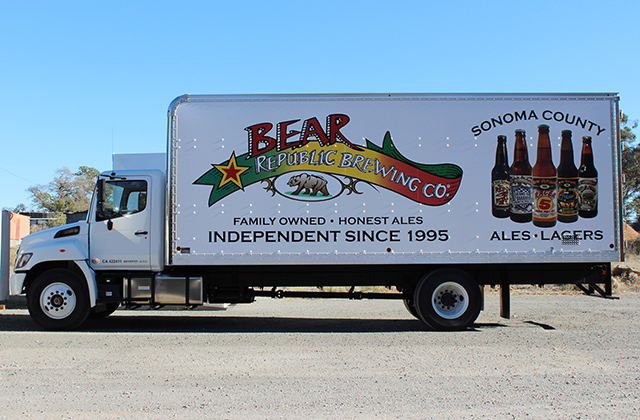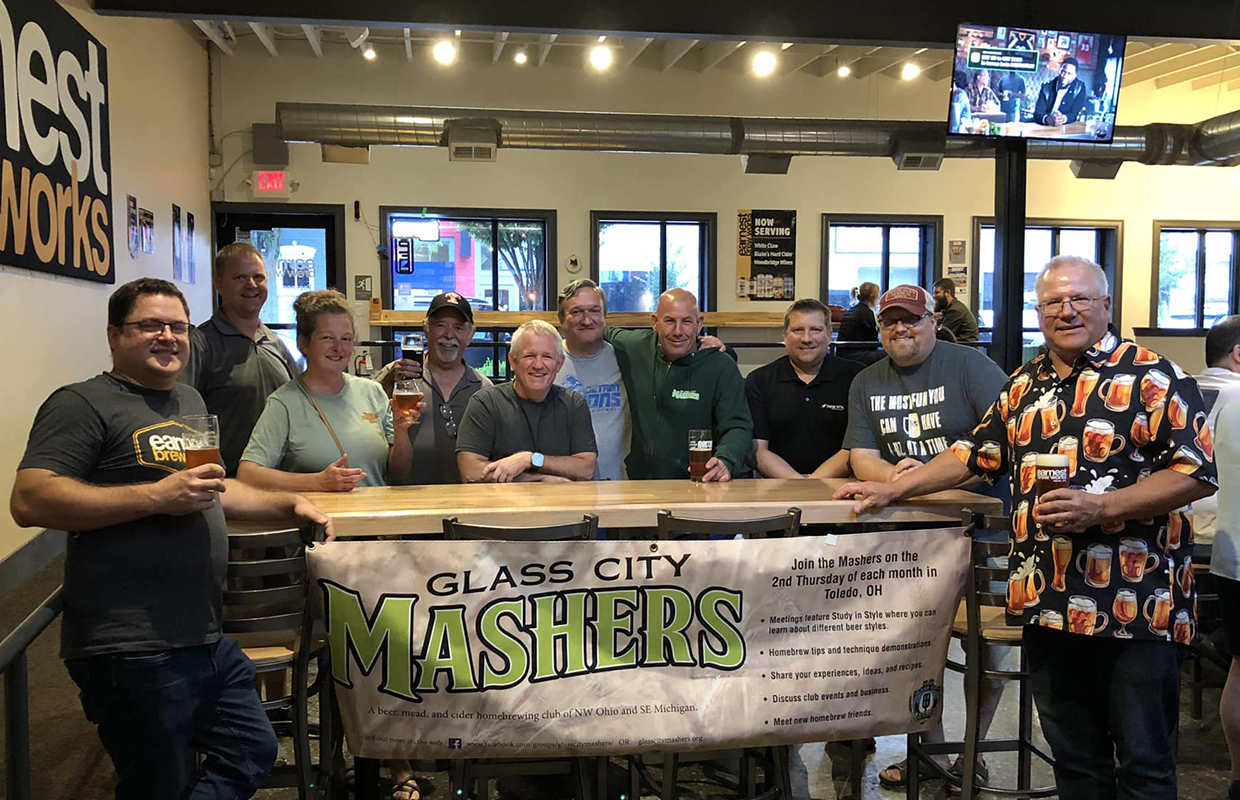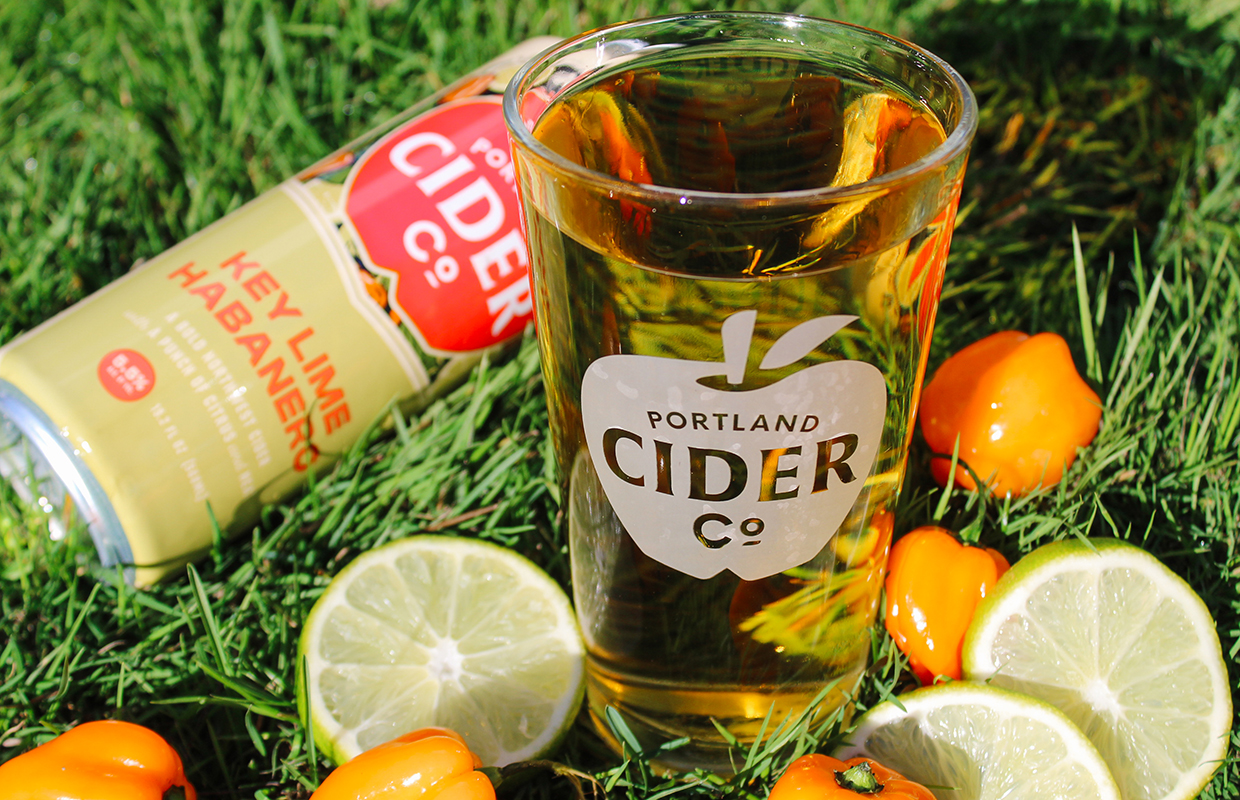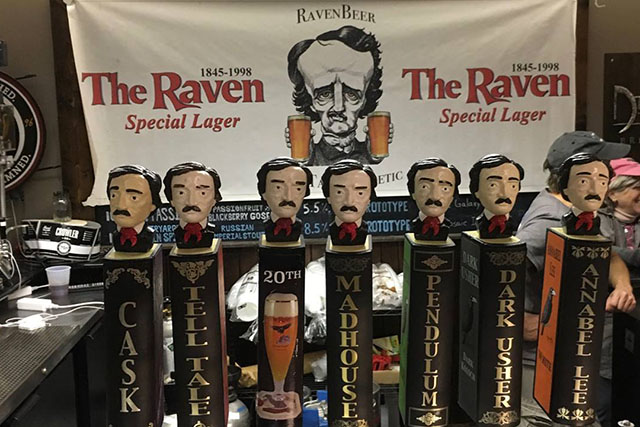
The game of distribution has changed for craft beer in the last 1,000 days or so. Even just five years ago a brewery that was looking to expand into distribution outside its home market could pick up a phone, call a distributor, send a few samples and away things would go.
Not so much anymore.
“If someone is reaching out to us, I don’t know how excited I am right off the jump,” admitted Chris Emmons, the director of craft for Ohio-based wholesaler Heidelberg Distributing. “If they aren’t the prettiest girl at the dance and everyone is going after them already … why are they coming to us?”
Quality, analytics and marketability is just a few of the keys needed before even thinking of broadening a brewery’s reach in this world’s craft beer marketplace, where now more than 5,000 breweries exist.
Of course having strong sales and the ability to produce product needed in volume for a wholesaler is a given, but having a lot of your homework done prior to the first meeting is needed as well.
“Going into a meeting prepared means a lot, it shows respect for the wholesaler you are sitting with and enables them to understand how you can execute on your vision,” explained Lonerider Brewing CEO Sumit Vohra. “A vision and activities to support the vision are relevant.”
That means knowing what you want your brand to be in that marketplace. That is something that only the brewery can do said Bear Republic co-founder Richard Norgrove, Sr.
“A brewery cannot make a big distributor out of a small distributor,” he said. “A brewery can not change the method that made that distributor successful. Some of these have been around literally generations and they have a model that works for them. If a brewery goes to them and wants them to do something that isn’t in their model of success, it’s not going to happen. Period.”

For Heidelberg, Emmons said that a new online form that he gives to potential partners helps quickly sort the wheat from the chaff. The form, which is more than 60 questions, range from the basic (address, brewery size, capacity) to logistics.
Being able to “plug in and play” can also be a key. Does the brewery have the same bottle coding as the distributor? What were volume sales like in the last 12 months versus the capacity of the brewery? Does the brewery own its own kegs or does it lease? Does the packaging align to the point that it can be a part of a truck shipment? That all factors into the monetary end of the discussion and eventually it can help figure out if margins can be met for both sides while still being at the proper price point for the marketplace.
Emmons said a few things, such as UPC ownership is something he asks breweries about and it comes to them as a surprise that some retailers won’t take a product that isn’t a GS1 certified UPC symbol.
“They want brands that bring volume and margin to their portfolio,” said Odell Brewing’s Director of Sales Eric Smith. “They want good growth trends, awards winners and good beers.
“For a while I think some were just brand collectors, but now they are being a little more particular.
“They are in tune with logistics and it needs to be seamlessly flowed into their other brands and how they go to business currently.”
Vohra said that knowing the answers to all the questions before hand and being able to implement those should it not be in a brewery’s repertoire only helps the business plan of expansion move forward.
“What matters most to them is that you understand your business and that you have a plan,” he said. “That your approach is not, let’s throw everything in the market and see what happens.”
Some of those questions can be: How & why did you get started? How are you executing in your home market? How do you think your brand translates in a remote market? What is your marketing budget? How are your operations set up to support the market? Can you support the product in the market, will there be out of stock issues? and What ground level support can you provide?
“You have to truly explain why a consumer would form an attachment to your brand than the 50 local breweries in the area,” Vohra said. “To truly answer the question correctly, you have to know the “soul” of your beer and brand. Your passion matters, share it with them.”
Emmons also said that his company red flags any potential partner that doesn’t have a QC lab on site now.
“Quality separates everybody,” he said, saying he doesn’t believe in a “Craft Beer Bubble” per se. He thinks those that do their due diligence in quality will stay around. “I do think quality will separate the herd.”
Being able to sell a beer outside a home market and not just rely on the wholesaler as a sales force is another factor that Norgrove said breweries have to take note of.
“Don’t be happy with them selling your beer. That’s the stupidest thing in the world,” he said. “They make it available, you have to sell it. The pull-through marketing is what a brewery has to do.
“The sales job for a brewery doesn’t go away when you get a wholesaler, it now becomes more intense.”
Norgrove said a brewery needs to have a plan that the wholesaler can support as well — with stickers, POS marketing and other such swag.
“But they can’t do it without you giving them the tools to do it,” he said of the wholesaler.
Emmons agreed, saying that if a Iowa brewery, for example, wanted to distribute in Ohio and didn’t bring in a local rep, he knows it won’t be a good relationship.
“Our book is getting larger with more variety,” he said. “Our buyers will remember the reps, if the closest rep is going to live in Iowa, then we know how things are going to go.”
Even having the right packaging can be an issue. Craft beer isn’t just 12-ounce cans and longneck bottles. Large bottle formats, 16-ounce cans and other such anomalies can have wholesalers shy away.
“Not all retailers have a place for those sizes,” Emmons said. “The bomber market is a tough market, so is 16-ounce cans.
“Consumers don’t want to do the liquid math and costs ratio for a six pack of 12-ounce cans versus a four pack of 16-ounce cans. Even major sellers like Sierra Nevada see trouble in those formats.”
For all the headache that it can be, in the end it’s a business decision that a brewery has to make after weighing its options and knowing why distribution is there.
“It’s a cost-transfer business,” Norgrove said. “Distributors exist because they can more effectively transfer the cost of getting the product from the brewery to the consumer. If they brewery could do it, then they would do it, but you can’t do that shipping to New York or Texas or Japan, it’s not cost effective.
“By that nature, the distributor has to assume some of that cost in the way of promotion, inventory and reaching accounts that you yourself as a brewery can not.”






Be the first to comment